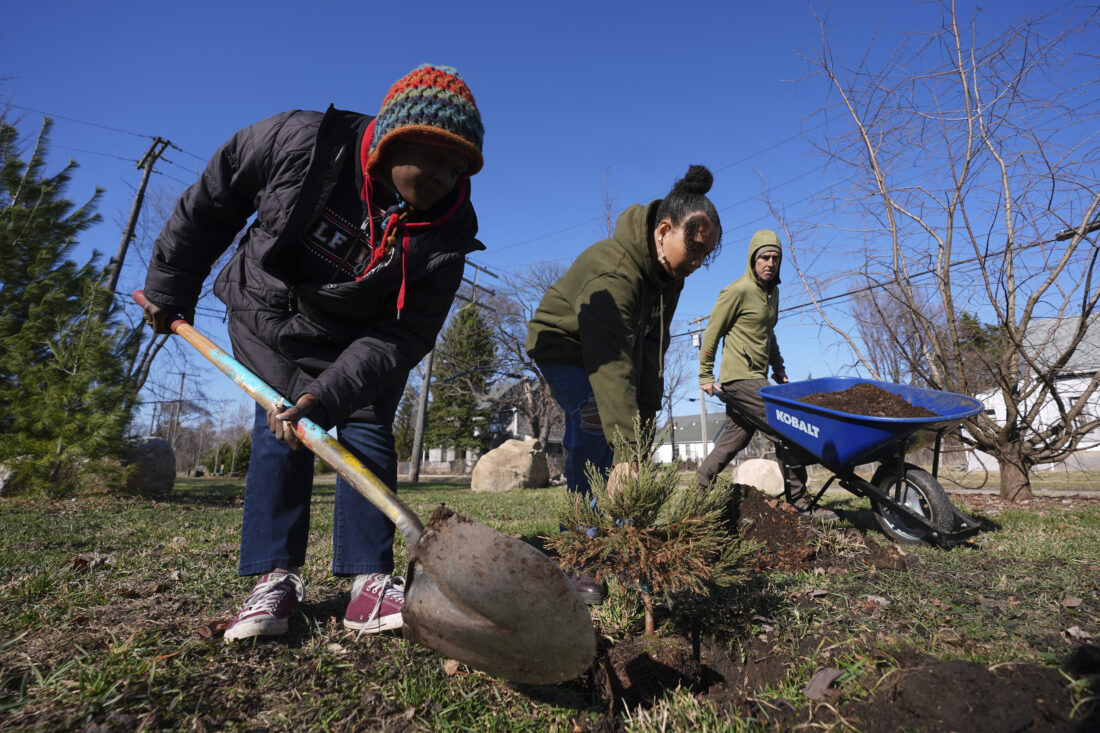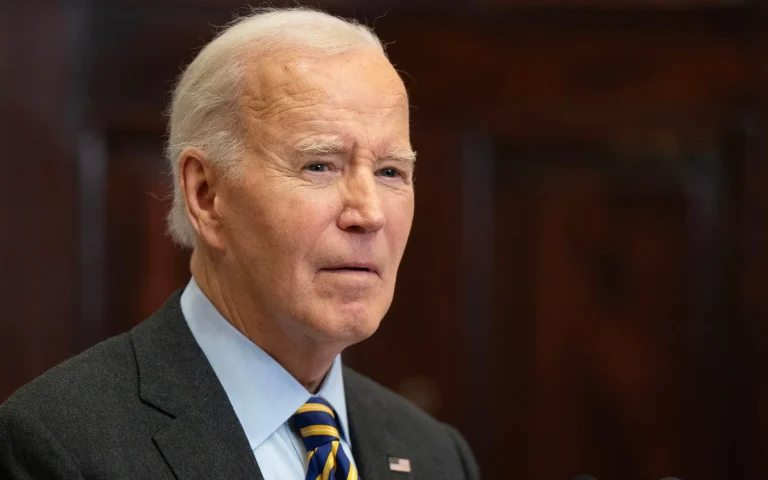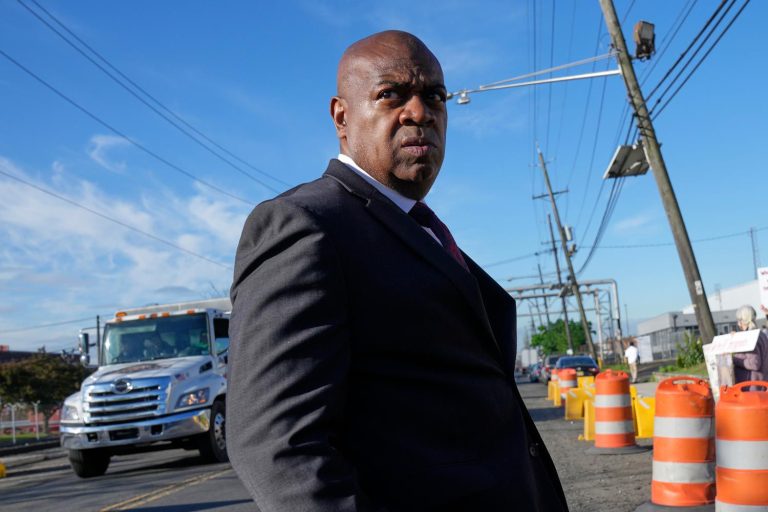Improving Air Quality in Detroit: Sequoia Forest Project Plants Dozens of Trees
In a city-council-sanctioned and unexpected twist of fate, Detroit is welcoming giants literally. On the east side of the city, a small but mighty forest is emerging, and trees that are not the usual city trees, like oaks and elms, but giant sequoias, the largest and most renowned trees on the planet for longevity, hardiness, and humongous size.
It’s not merely planting trees for aesthetics. The project falls under the Giant Sequoia Filter Forest project, a grand environmental initiative with two objectives: to solve Detroit’s air pollution problem and preserve an increasingly endangered tree species native to its native area in California’s Sierra Nevada.
Breathing New Life Into Vacant Land
Detroit’s east side, like so many communities throughout the city, are dotted with vacant lots – a legacy of decades of disinvestment and economic change. Where there were once houses, now there is vacant land, much of which has been allowed to fall into ruin and obscurity. But four of those lots are being reused as a living reminder of green space and clean air.
The initiative is led by Arboretum Detroit, a non-profit organization that specializes in urban reforestation, and Archangel Ancient Tree Archive, which concentrates on cloning and conserving ancient-growth trees. The two organizations joined forces this Earth Day to plant dozens of sequoia saplings each standing at about a foot tall but with the potential to overgrow the landscape within a decade’s time.
Why Sequoias? Why Detroit?
You have to wonder why cultivate sequoias, California native trees, in the middle of the Midwest? The reason is one of necessity and potential.
Sequoias are not your run-of-the-mill tree. They reach over 300 feet tall, live more than 3,000 years, and develop giant trunks that are over 30 feet wide. They’re giant by nature, so they possess huge potential as an urban solution to pollution.
Detroit, its surplus of land and damp earth conditions, gives space and ground to these trees that they need. “We don’t have like California wildfires,” said Andrew “Birch” Kemp, executive director at Arboretum Detroit. “The ground is always wet, and we have winter melt we use for watering. It’s perfect for them.”
Sequoias being cultivated are not common seedlings; they’re genetic replicas of older trees like Stagg (the fifth-largest tree in the world) and Waterfall (a dead giant from the Alder Creek grove). The cloning technique, led by Archangel, ensures the DNA of the old giants endures while wildfires threaten their very survival back West.
A Breath of Fresh Air Literally
Detroit is not so well known for its clean lungs. With manufacturing plants, interstates, and a history of industrial pollution, most of the neighborhoods most notably on the eastside are plagued with high asthma and respiratory disease rates. That’s when the sequoias come into play.
“Quick-growing, enormous, and green year-round,” Kemp said. “They’ll purify the air more than almost any other plant we can plant.” In one of the country’s hotspots for air pollution, the sequoias might be among the finest natural air-purifying tools around. And that’s just the beginning. Arboretum Detroit has already installed around 650 trees of 80 species on 40 lots in the city. The sequoias are merely the icing on the cake of that endeavor – a glimpse of what can be done if nature is allowed to flourish.
Educating the Next Generation
But planting trees isn’t only for today, it’s also for tomorrow. It’s a lot of labor to take care of sequoias, and this is going to be something that’s passed on to the next generations. For this reason, Archangel and Arboretum Detroit are launching “tree school” – an educational program that would train city youth on how to plant, maintain, and nurture these giant trees.
“We’re doing this with the goal, here, of making kids aware and part of this mission,” said David Milarch, Archangel founder. “They’re not just learning about trees – they’re becoming owners. Many of them have never even seen a forest at all. We’d like to take them there.” The thought is that through creating forests in their own backyard, youth will have ownership of the world and carry it with them as adults.
Reimagining What a Forest Can Be
Others may raise an eyebrow at calling four lots a “forest,” but Kemp doesn’t care. “Even half-acre lots can be transformed into treescapes that redefine the neighborhood,” he said. “We’re making the most of what we have and we’re bringing shade, beauty, and health to our streets.” In a neighborhood where hardly 10-15% of houses in certain neighborhoods remain standing, and where empty lots are so common, projects such as these instill hope and optimism within a person. They’re rewriting the book on how one can live in the city.
Detroit’s new sequoia grove will be small in size at present, but its aspirations are as lofty as the trees that aspire to grow tall. And when they reach up to the heavens over the next few decades, they could just take the city’s spirits and lungs along with them as well.







